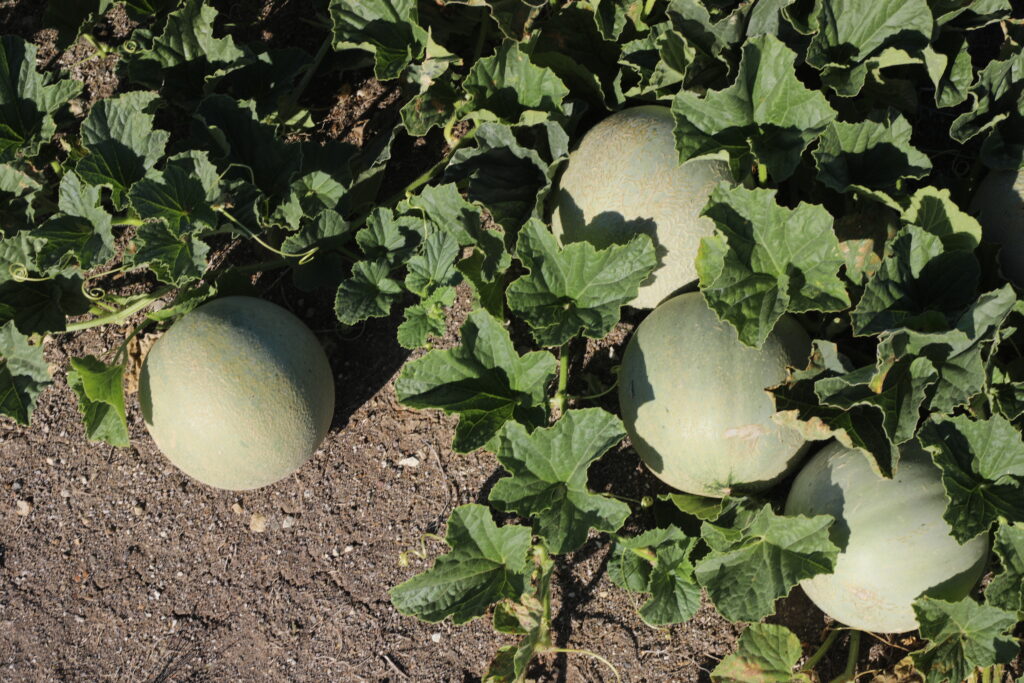
Ripeness of Rockmelon & Honeydew
How to tell if a rockmelon or honeydew melon is ripe is a quite different story to a standard watermelon. We have witnessed a few funny sights of people listening to them, tapping them to tell their ripeness but the fact is, you can’t.
Rockmelon
The first signs a rockmelon or cantaloupe melon, is getting ripe is the change in colour of the netting of the skin. The netting refers to the vein-like detail on the skin of the melon. When they’re ripe, the netting should turn from green to tan.
A ripe rockmelon also have a strong, pungent aroma that can be smelt through the skin.
You can also check the top of the melon, the spot where the melon attaches to the vine. When a rockmelon is ripe, the stripes near the top of the stem will be wide and fully ‘netted’. An unripe rockmelon will be slightly green and often smooth around the top of the stem.
Honeydew
Honeydew melons are the hardest of all melon varieties to test for ripeness and this is also true for our melon picking team. When they are picked, secateurs are used to cut them off the vine so unlike other varieties, the pop-test (how easily the melon ‘pops’ off the vine) isn’t used.
The most noticeable sign of ripeness is the colour of the skin. The melons’ green rind will turn slightly creamy yellow in colour.
For a lot of honeydew, they won’t give off a strong smell like the rockmelon, but more of a sweet aroma.
If the colour is good, you can test the end of the melon opposite the stem. If there is a slight give, the melon is probably ripe.
When you cut into a honeydew melon, the flesh should be soft, not hard and crunchy.


